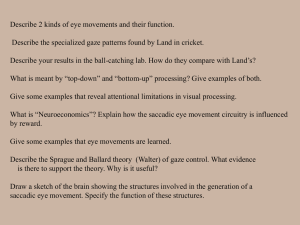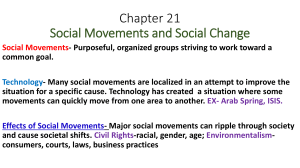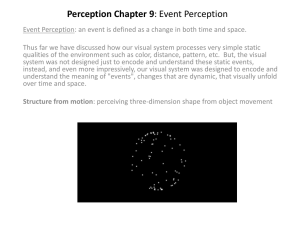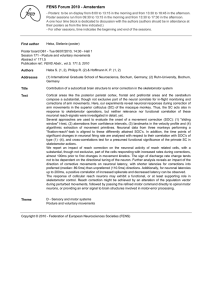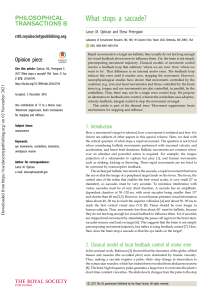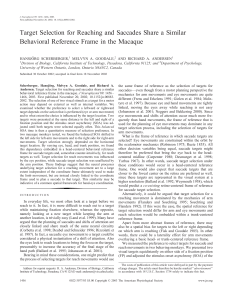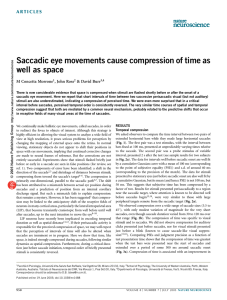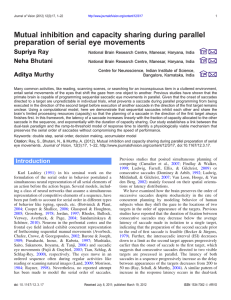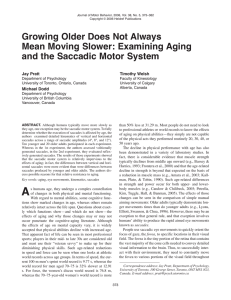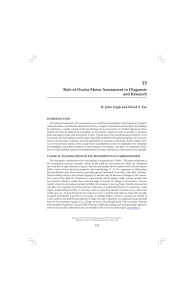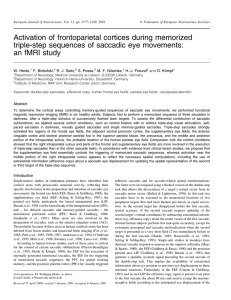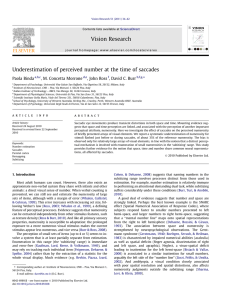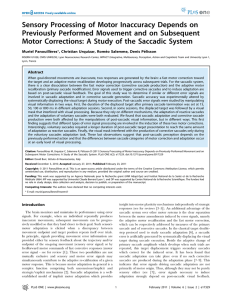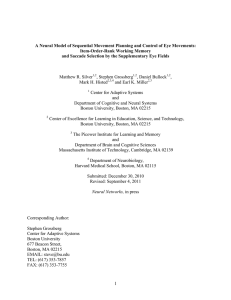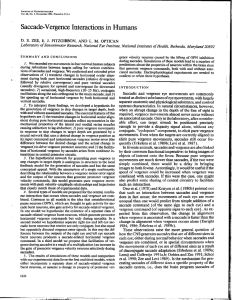FENS Forum 2010 - Amsterdam
advertisement
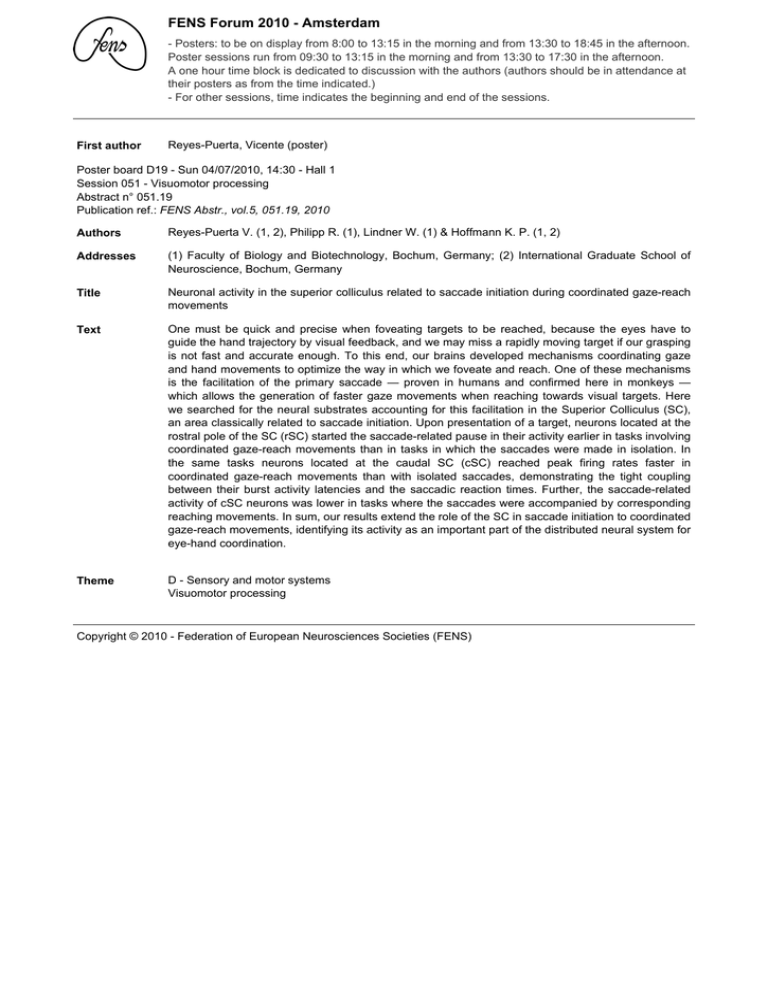
FENS Forum 2010 - Amsterdam - Posters: to be on display from 8:00 to 13:15 in the morning and from 13:30 to 18:45 in the afternoon. Poster sessions run from 09:30 to 13:15 in the morning and from 13:30 to 17:30 in the afternoon. A one hour time block is dedicated to discussion with the authors (authors should be in attendance at their posters as from the time indicated.) - For other sessions, time indicates the beginning and end of the sessions. First author Reyes-Puerta, Vicente (poster) Poster board D19 - Sun 04/07/2010, 14:30 - Hall 1 Session 051 - Visuomotor processing Abstract n° 051.19 Publication ref.: FENS Abstr., vol.5, 051.19, 2010 Authors Reyes-Puerta V. (1, 2), Philipp R. (1), Lindner W. (1) & Hoffmann K. P. (1, 2) Addresses (1) Faculty of Biology and Biotechnology, Bochum, Germany; (2) International Graduate School of Neuroscience, Bochum, Germany Title Neuronal activity in the superior colliculus related to saccade initiation during coordinated gaze-reach movements Text One must be quick and precise when foveating targets to be reached, because the eyes have to guide the hand trajectory by visual feedback, and we may miss a rapidly moving target if our grasping is not fast and accurate enough. To this end, our brains developed mechanisms coordinating gaze and hand movements to optimize the way in which we foveate and reach. One of these mechanisms is the facilitation of the primary saccade — proven in humans and confirmed here in monkeys — which allows the generation of faster gaze movements when reaching towards visual targets. Here we searched for the neural substrates accounting for this facilitation in the Superior Colliculus (SC), an area classically related to saccade initiation. Upon presentation of a target, neurons located at the rostral pole of the SC (rSC) started the saccade-related pause in their activity earlier in tasks involving coordinated gaze-reach movements than in tasks in which the saccades were made in isolation. In the same tasks neurons located at the caudal SC (cSC) reached peak firing rates faster in coordinated gaze-reach movements than with isolated saccades, demonstrating the tight coupling between their burst activity latencies and the saccadic reaction times. Further, the saccade-related activity of cSC neurons was lower in tasks where the saccades were accompanied by corresponding reaching movements. In sum, our results extend the role of the SC in saccade initiation to coordinated gaze-reach movements, identifying its activity as an important part of the distributed neural system for eye-hand coordination. Theme D - Sensory and motor systems Visuomotor processing Copyright © 2010 - Federation of European Neurosciences Societies (FENS)



